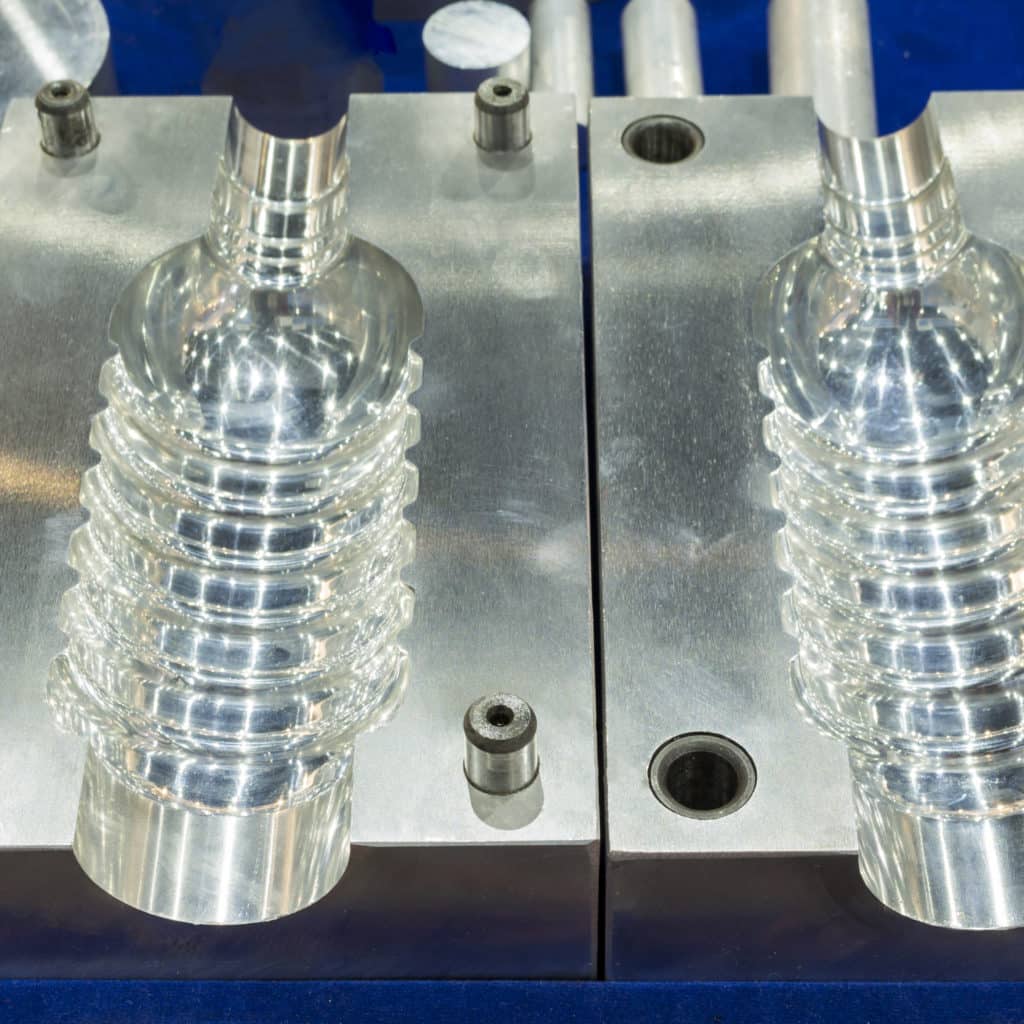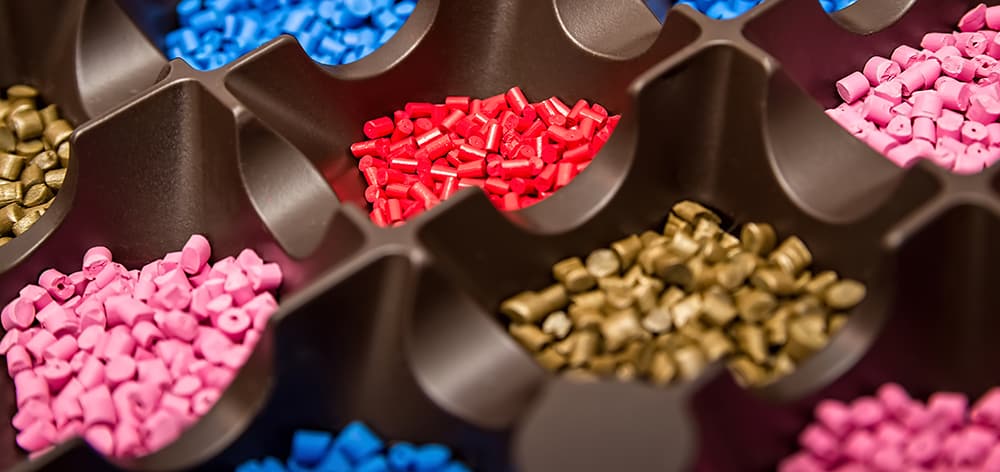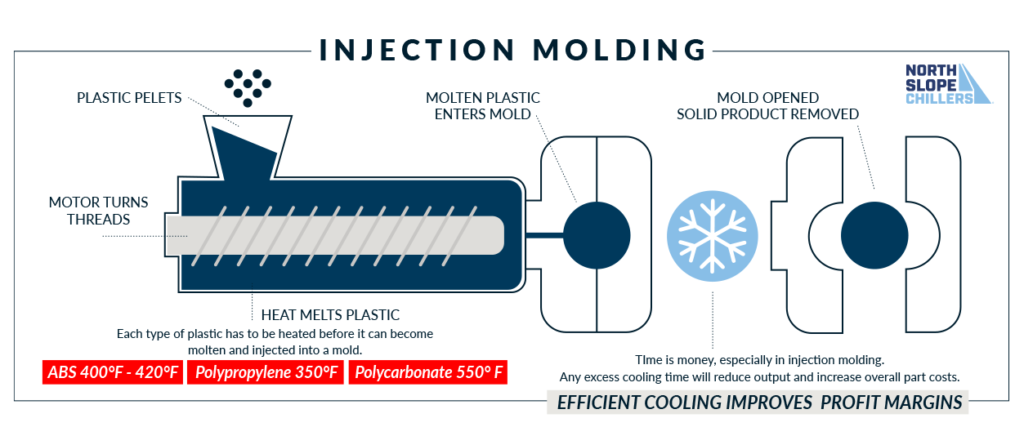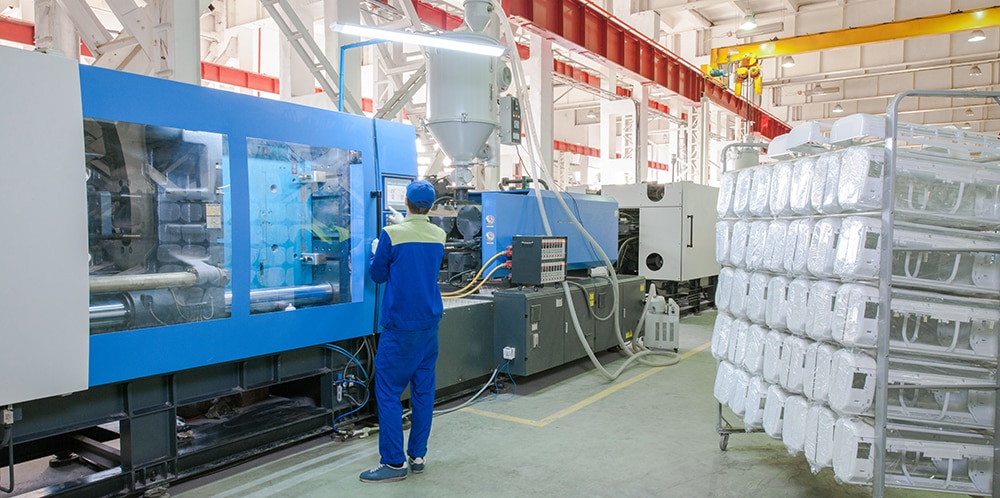Knowing What You Need Means Understanding All of the Terms
At North Slope Chillers, we want you to feel as informed and prepared as possible. Choosing a cooling system can seem like a daunting process. We are here to make sure you have all the knowledge you need to make an informed decision.
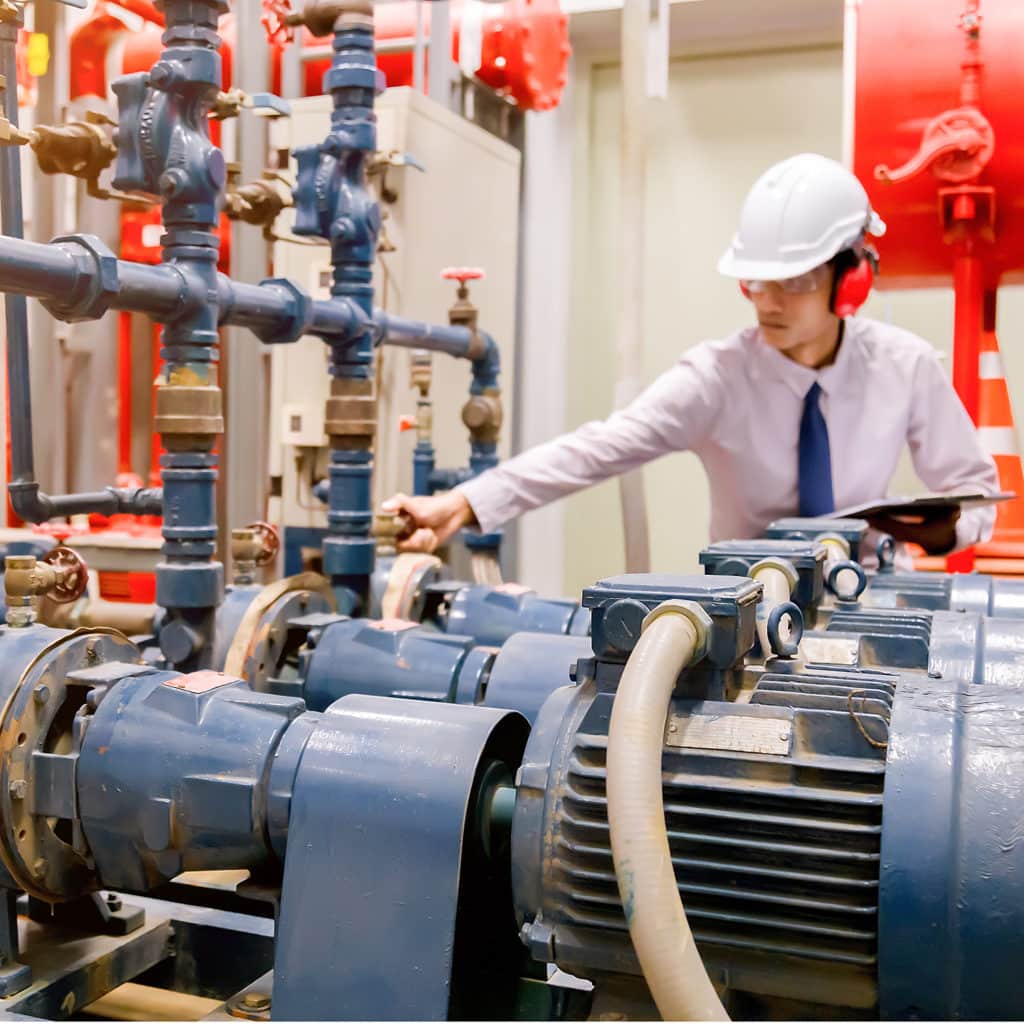
Get Ready for the Chiller Vocabulary Quiz
Below are the terms that we use to explain and define all of the aspects of cooing and chillers.
AIR COOLED CHILLERS: A class of vapor compression chillers that use forced air to remove unwanted heat from a system.
AMBIENT TEMPERATURE: The surrounding temperature of a system
BRAZED PLATE HEAT EXCHANGER: An extremely efficient heat transfer unit made of a stack of metal plates that create a series of fluid paths. As the process fluid and refrigerant pass over each individual plate, heat is exchanged from 1 fluid to the other.
BRITISH THERMAL UNIT (BTU): The amount of energy needed to raise the temperature of 1 pound of water by 1°F at sea level. BTUS are used wherever standard measurements (pounds, inches, farenheit) are used.
CENTRIFUGAL COMPRESSOR: A type of compressor that uses rotating impellers to compress and push refrigerant around the refrigeration circuit
CHILLER: A mechanical device used to remove heat from a fluid
COMPRESSOR: A device that compresses the refrigerant and increases its pressure
CONDENSER: A device that removes heat and condenses refrigerant from a gas into a liquid
CONDENSER FAN: A fan in an air cooled chiller that forces air over the coils of the condenser and removes unwanted heat from the refrigerant
COOLING CAPACITY: The measured ability of a cooling system to remove heat
COOLING TOWER: A device in a water cooled chiller that uses a stream of water to extract unwanted heat from a system
COEFFICIENT OF PERFORMANCE (COP): A measurement of how efficiently your system is removing heat. Higher COP measurements = lower operating costs
DEIONIZED WATER: Specialized water that has been stripped of elemental ion impurities. Deionized water is used in deionized chillers for specialized applications such as cooling equipment for lasers and EDM (electrical discharge machining).
EVAPORATOR: A device in which the refrigerant changes from a liquid into a gas as it absorbs heat
FILL PORT: An opening in a chiller where fluid is added directly into the reservoir
FILTER: A device that removes particulates from the air
FLOW RATE: the amount of fluid moving through a system; usually measured in gallons or liters per minute. A chiller would have 2 different flow rates, 1 for the refrigeration circuit, 1 for the fluid circuit.
FLUID CIRCUIT: The circuit that moves process fluid through the chiller
FLUID LEVEL INDICATOR: A gauge that helps prevent internal damage to the chiller by measuring how much fluid is in the reservoir
FLUXWRAPTM: A proprietary, multi-channel, fluid wrap that circulates process fluid around an object; can be used to transfer heat to or from an object as needed.
GLYCOL: Propylene and ethylene glycol are chemical antifreezes. Glycol is added to water to decrease its freezing point, prevent bacterial growth, and reduce corrosion.
HEAT EXCHANGER: A device that transfers heat between the process fluid and the refrigerant.
PRESSURE GAUGE: the pressure gauge is tied into the fluid outlet of the chiller. During operation it will tell you what the pressure is exiting the chiller
PROCESS COOLING: using a chiller or refrigeration unit to remove heat from a process
PROCESS FLUID: a mixture of water a glycol that flows through the fluid circuit of a chiller
PROCESS FLUID RESERVOIR: a container that holds the process fluid inside a chiller
PUMP: A device that moves the process fluid through the chiller
RECIPROCATING COMPRESSOR: A type of compressor that uses pistons and chambers that increases the pressure of the refrigerant
REFRIGERATION CIRCUIT: The system that moves refrigerant around the chiller
REFRIGERANT: A compound of chemicals that transfer heat from one area to another within the refrigeration cycle; specifically designed to evaporate and condense at set temperatures and pressures
SET POINT: this is the desired temperature of the fluid exiting the chiller
SCREW COMPRESSOR: A type of compressor that uses interlocking helical rotors to compress the refrigerant
SCROLL COMPRESSOR: A type of compressor that uses 2 spiral plates (1 rotating, 1 fixed) to compress the refrigerant
SUBMERGED COPPER COIL: A type of heat exchanger where fluid is pumped through a copper coil that is dropped directly into the fluid being cooled
SUCTION ACCUMULATOR: A device that absorbs moisture to prevent liquid refrigerant from entering the compressor (which is only designed to handle gas)
TEMPERATURE CONTROLLER: A device that actively monitors fluid temperature and will turn on and off the refrigeration circuit as needed to maintain the desired fluid temperature
TEMPERATURE DIFFERENTIAL: The difference between the current temperature of your water and the needed temperature of your water
THERMAL EXPANSION VALVE (TXV): A device that measures the superheated temperature of the refrigerant and controls how quickly it is allowed to flow into the evaporator.
VAPOR ABSORPTION CHILLER: A type of chiller that uses an absorber and generator to produce suction and compression in the refrigerant; typically has a larger footprint than vapor compression chillers
VAPOR COMPRESSION: A type of chiller that uses an evaporator and compressor to produce pressure in the refrigerant.
WATER COOLED CHILLERS: A class of vapor compression chillers that uses water circulating through a cooling tower to remove unwanted heat from a system.
(866) 826-2993 [email protected]
